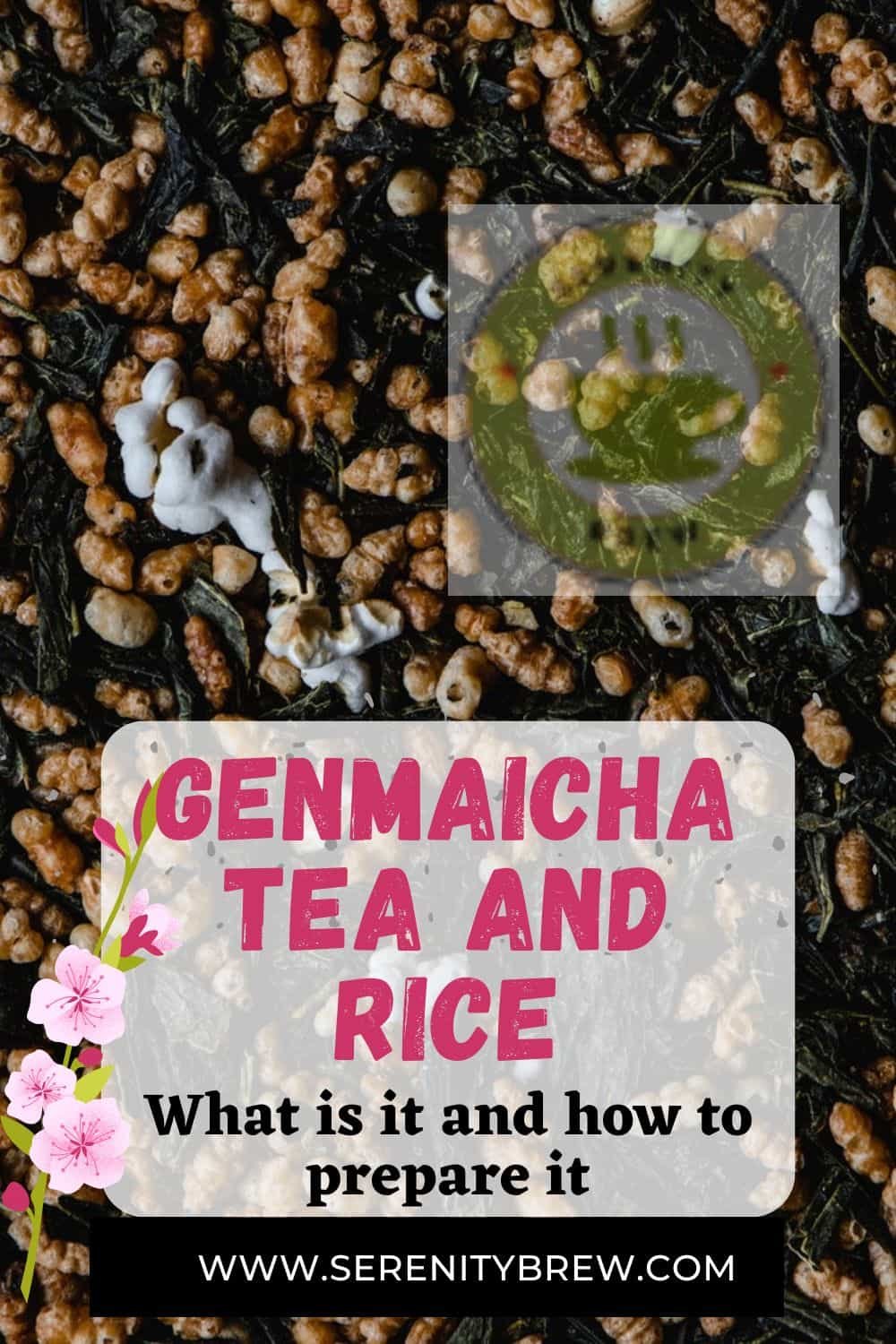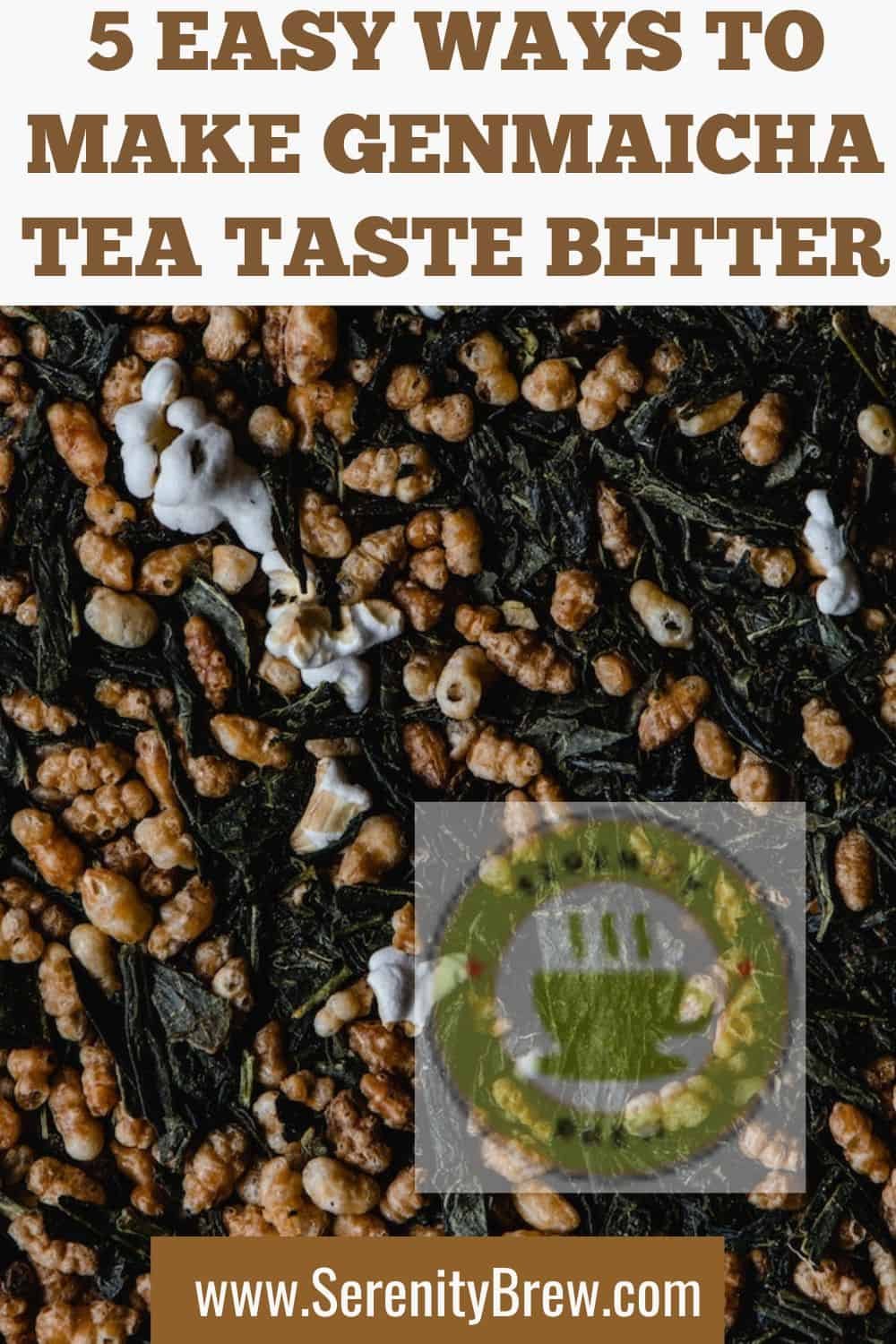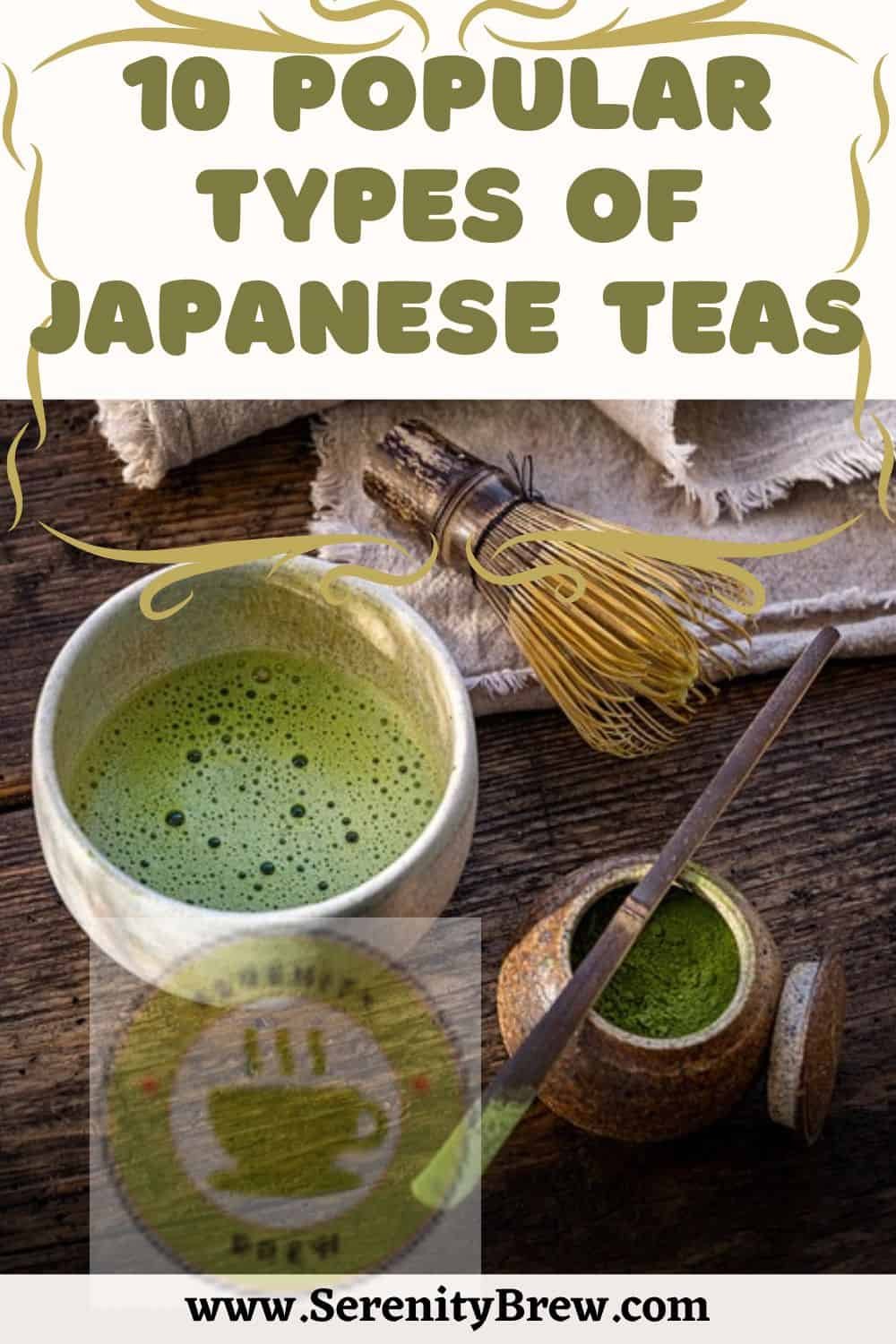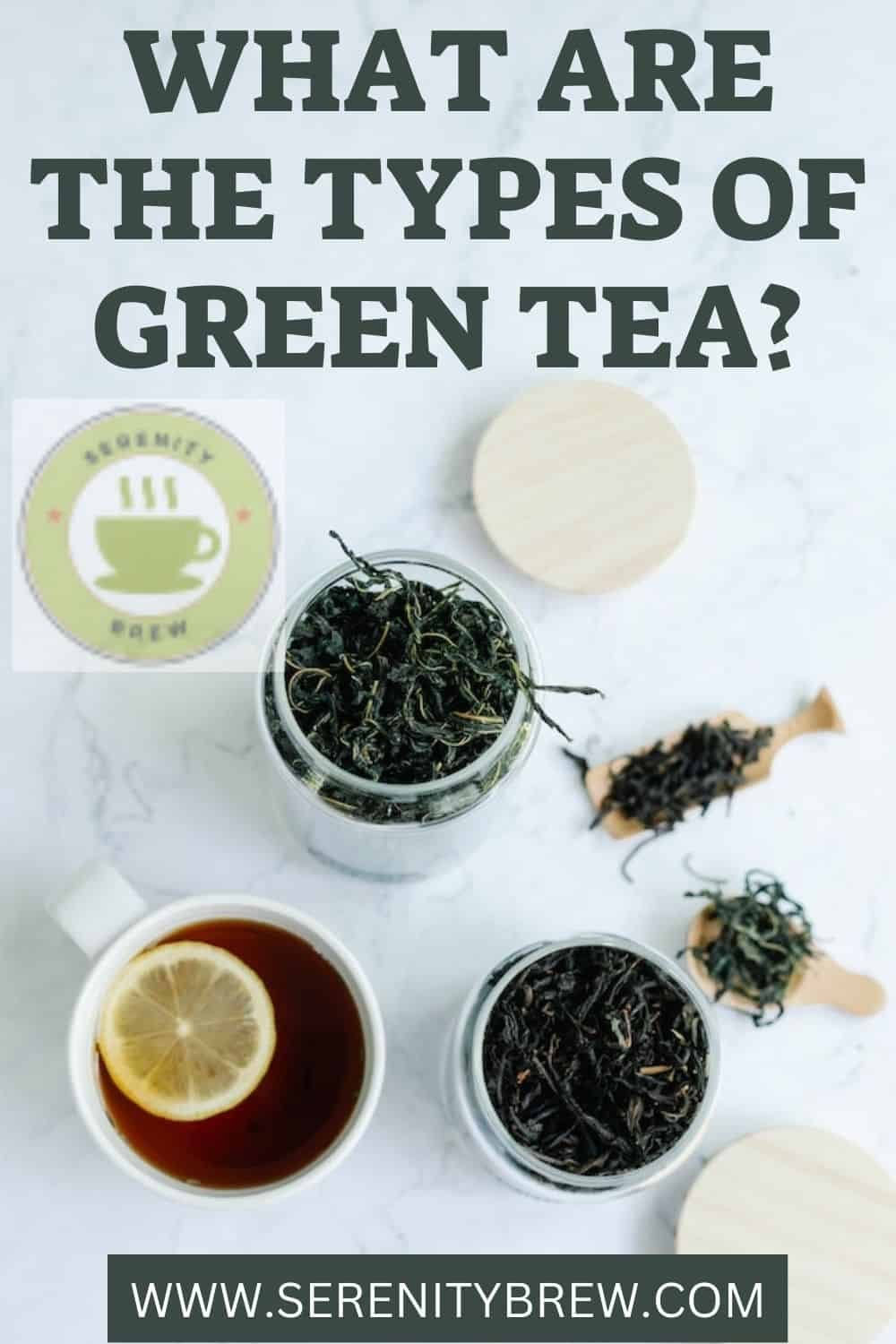Genmaicha Tea and rice: origin, uses
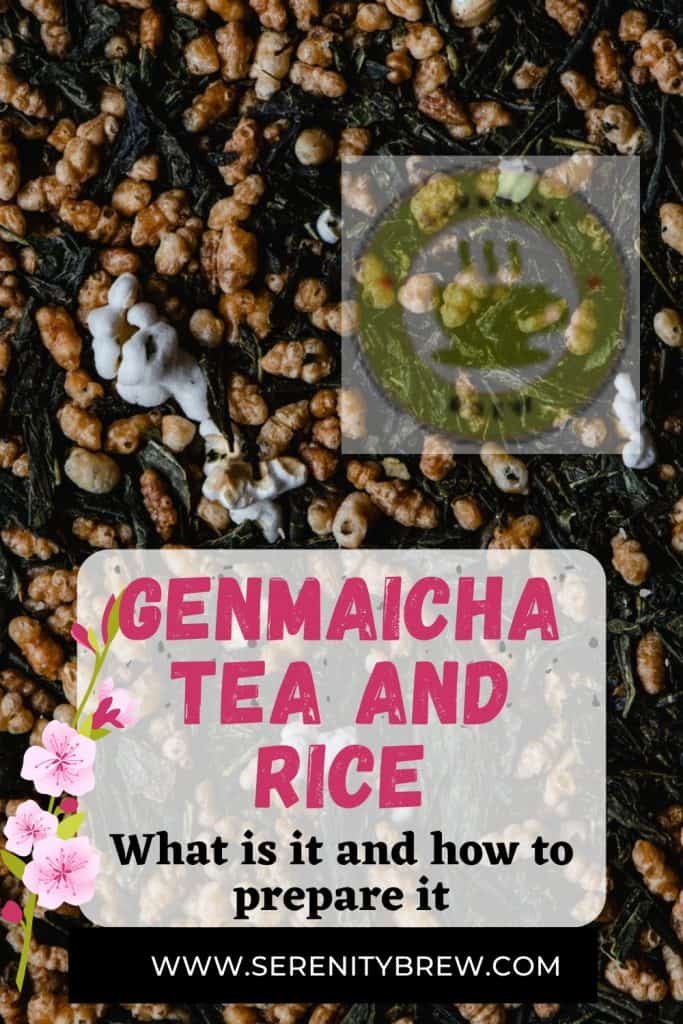
It is possible that you have never heard of genmaicha or, at least, that you do not know exactly what it is. This variety of Japanese green tea surprises with its preparation and flavor that combines an infusion with a cereal.
As is often the case, there is no reliable data to explain how the genmaicha was born. Legend has it that a servant named Genmai tripped, spilling roasted rice into the cup of green tea of his chief, a samurai. This, very angry, ordered to cut off his head. However, when tasting the tea, he was amazed by its delicious taste and so, in his honor, he named it Genmaicha (Genmai for servant and Cha, for tea in Japanese).
Another theory states that the invention arose by accident when a man dropped his kagami mochi (a rice cake) on the ground and, in order not to throw it away, he decided to eat it by dipping its pieces in his green tea.
If you are not afraid of the unknown and, on the contrary, enjoy discovering new infusions and flavors, read on and find out exactly what genmaicha is and how you can prepare a perfect cup of this variety of green tea at home.
What is the genecha?
Made from the lower leaves of the Camellia sinensis plant, genmaicha tea is part of the family of Japanese green teas called bancha, which also includes hojicha and yanagi.
First of all, it is important to note that it is a tea. Remember that tea and infusion are not synonyms. Although all tea is an infusion, not all infusion is a tea.
In particular, genmaicha is an unusual tea, due to its combination with an unusual ingredient, rice. As you read, this green tea is mixed with cereal to obtain a deep brown drink with a roasted flavor that, in many cases, can remind you of popcorn.
Experts point out that this variety helps improve digestion, in addition to having the many antioxidant effects of green tea, which protects the body from oxidative stress, preventing various degenerative diseases and premature aging.
Genmaicha production
Like all tea, genmaicha is made from the leaves of the tea plant, Camellia sinensis, which, being a variety of green tea, undergo a very brief oxidation process.
The production process begins with the collection of leaves, which generally takes place three times a year. It is done manually, separating the young and old leaves, the branches and everything that can be used to prepare different types of tea.
To make bancha, the lower leaves of the tea bush are collected and, specifically for genmaicha, those that are discarded at the time of making sencha, the most consumed green tea in Japan, are used. In fact, it is estimated that 80% of the tea produced in that country is used to make this variety.
The choice of these leaves directly influences the color and flavor of the tea since, having received direct exposure to the sun, they have a higher dose of tannins.
After harvesting, the minimal oxidation process of green tea begins, which is stopped by cooking the leaves in bamboo trays that receive heat through a bowl of boiling water placed under them for around 20 seconds.
After cooking, the leaves are left to dry in the air, thus eliminating moisture to allow subsequent rolling that maintains the flavor, color and aroma. To make genmaicha, dried tea leaves are mixed with roasted rice (genmai in Japanese) in a 1:1 ratio.
The rice used to prepare this mixture is white, despite the fact that in many places it is spoken of as brown rice. This confusion may be because genmai is the Japanese word for roasted rice and brown rice. In any case, toasted white rice is usually chosen as it is more aromatic when toasted.
The highest quality genmaicha incorporates a special rice called mochi, although it is also possible to get this tea mixed with ordinary Japanese rice (uruchimai).
Regardless of the kind of rice, the process is the same. The cereal is first soaked in water and then steamed (just like tea leaves). After these steps, it is dried with hot air and later, it is roasted in large drums where it is caramelized with its own starch, then incorporated cold into the tea leaves to achieve the genmaicha.
What does the genmaicha taste like?
This infusion has a herbaceous flavor, typical of green tea, combined with a pleasant toasty, slightly bitter and malty aftertaste. Genmaicha can be drunk hot as well as cold. In fact, its bitter undertone can be extremely refreshing if drunk with ice.
Genmaicha Tea Origins
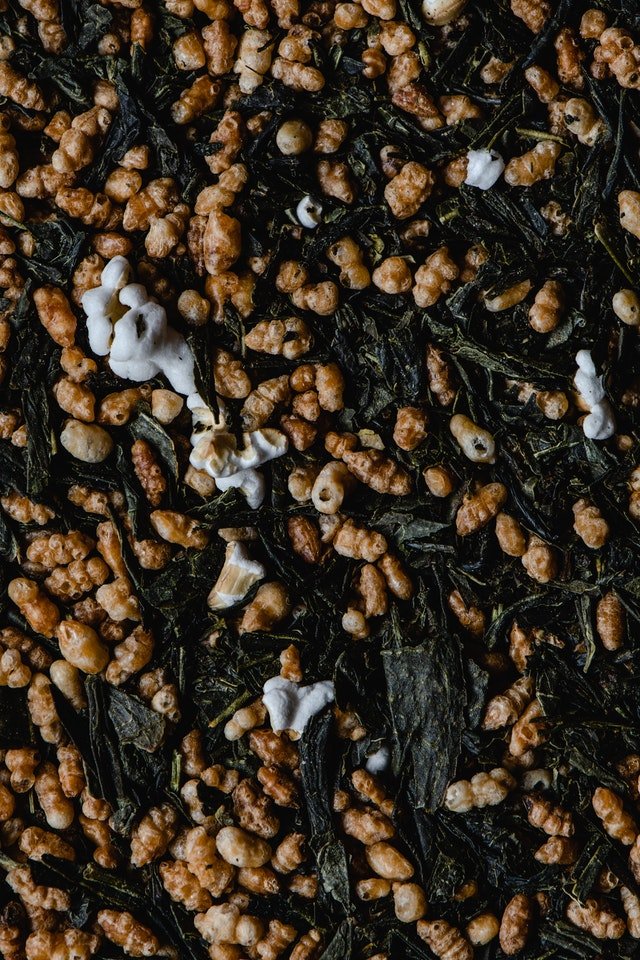
Genmaicha Tea, also known as “brown rice tea,” is a unique blend of traditional Japanese green tea and roasted brown rice. Originally created as a way for Japanese people to stretch their tea supply, Genmaicha has become a beloved beverage in its own right.
The origins of Genmaicha Tea can be traced back to Japan, where tea has been a staple for centuries. Green tea, in particular, has played a significant role in Japanese culture, with various types such as Sencha and Bancha being widely enjoyed. In the case of Genmaicha, it is made by combining Bancha green tea with roasted brown rice.
Bancha tea itself is a lower-grade green tea that is harvested after the more prized Sencha tea leaves. Its alkalizing properties make it an excellent digestive aid and liver function facilitator. Rich in nutrients like vitamin A, calcium, iron, and fluoride, Bancha tea serves as a strong foundation for the health benefits of Genmaicha.
Roasted brown rice adds a distinctive, nutty flavor profile to the green tea, creating a satisfying, hearty beverage. By incorporating roasted brown rice, the tea also gained additional health benefits, such as providing essential minerals and offering a satisfying, low-calorie drink that can help support weight loss or management when consumed as part of a balanced diet.
Traditional and Modern Uses
Genmaicha tea, also known as popcorn tea, is a unique blend originating from Japan. It is a combination of green tea leaves and roasted brown rice kernels. Over time, this flavorful beverage has gained popularity not only in Japan but also throughout the world.
- Traditionally, Genmaicha was consumed by the lower class in Japan as a more affordable alternative to pure green tea. The roasted rice helped to stretch the tea supply further, providing a more cost-efficient option for many. However, today, it is enjoyed by people of all backgrounds and has been incorporated into several modern uses.
- In Chinese medicine, Genmaicha has been employed to help treat hypertension, thanks to its potential blood-pressure-lowering effects. By incorporating this beverage into your daily routine, you may experience a reduction in hypertension related symptoms, although you should always consult with a healthcare professional before using it as a treatment.
- The blend of green tea leaves and roasted brown rice in Genmaicha contains gallic acid, an antioxidant known to combat oxidative stress. Oxidative stress can lead to various health issues such as cancer, heart disease, and aging. By consuming Genmaicha regularly, you may support your body’s fight against these harmful free radicals and promote overall health.
- Another modern use for Genmaicha is in weight management and digestive support. Thanks to the natural diuretic properties of green tea leaves, drinking Genmaicha can help to reduce bloating and improve digestion. Additionally, the blend may assist in the acceleration of your metabolism, making it an excellent choice for those seeking to maintain a healthy weight.
As you enjoy your steaming cup of Genmaicha tea, take a moment to appreciate the rich history and tradition behind this flavorful beverage. And, even more so, reap the benefits it offers for your overall health and well-being.
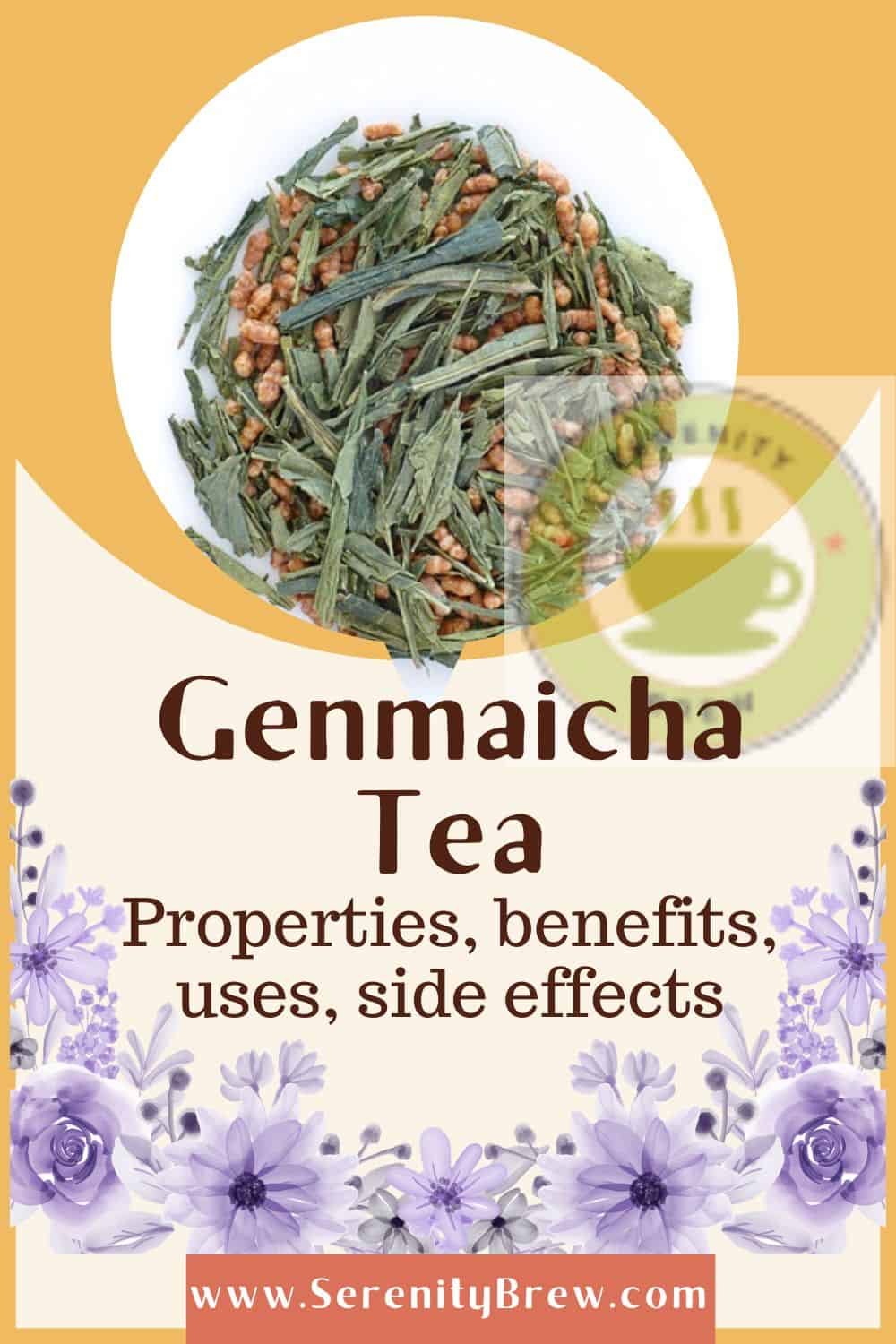 | 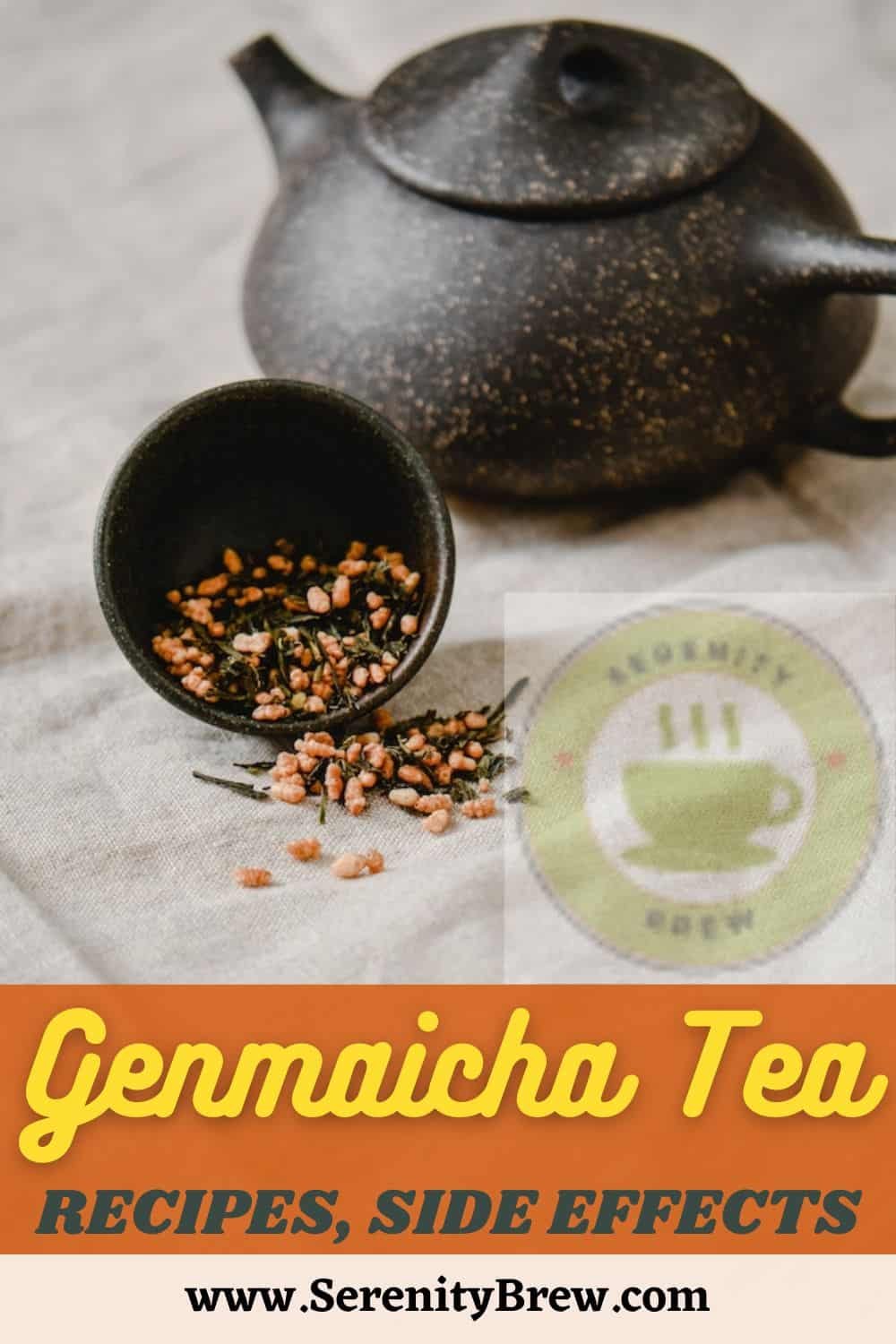 |
| Genmaicha Tea or Popcorn Tea: properties, benefits, uses, side effects | Genmaicha Tea: recipes, side effects |

